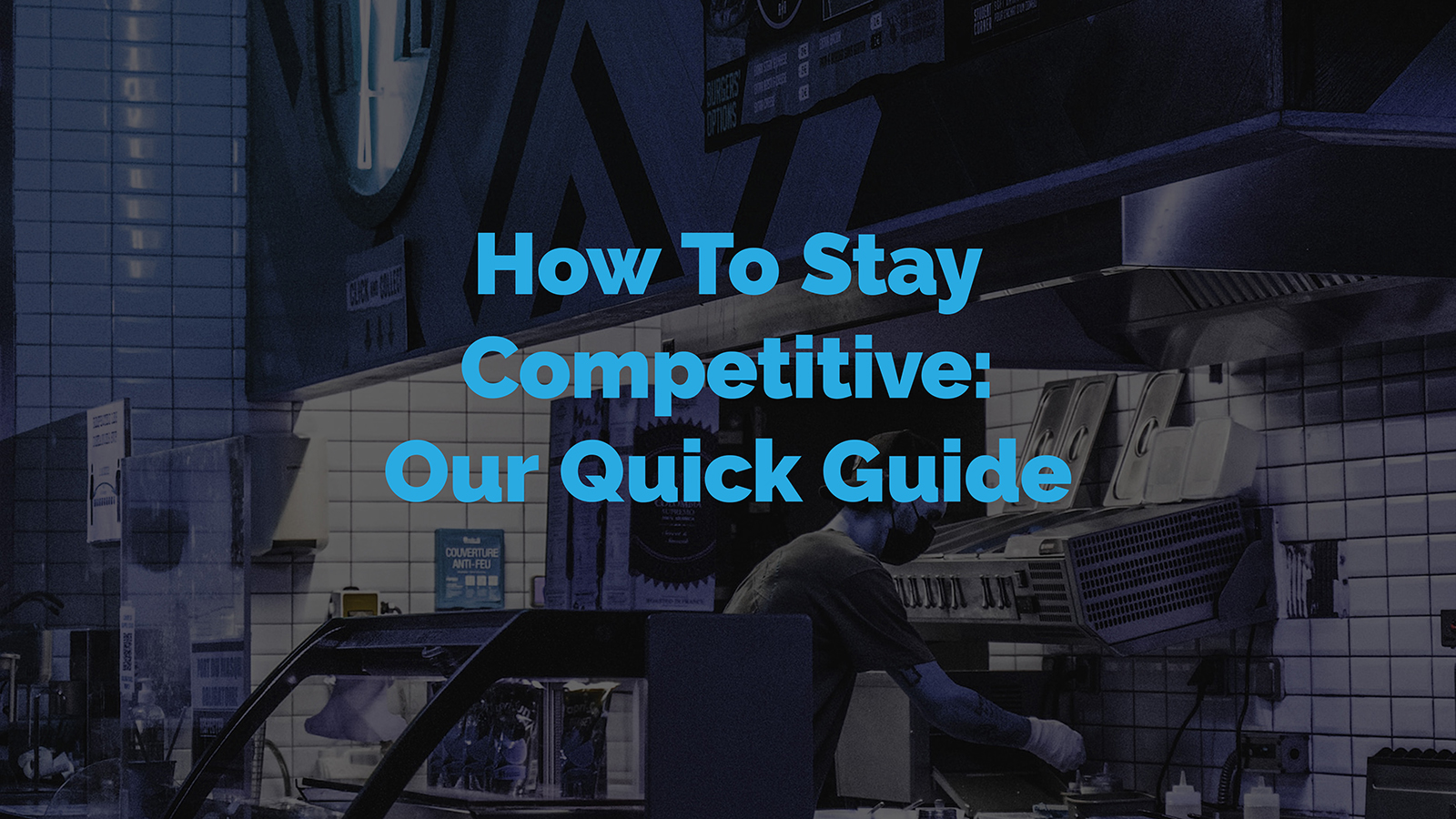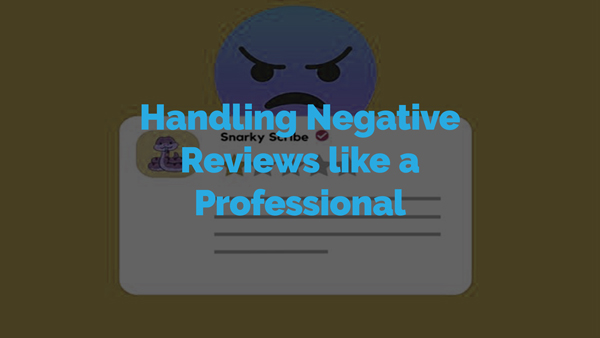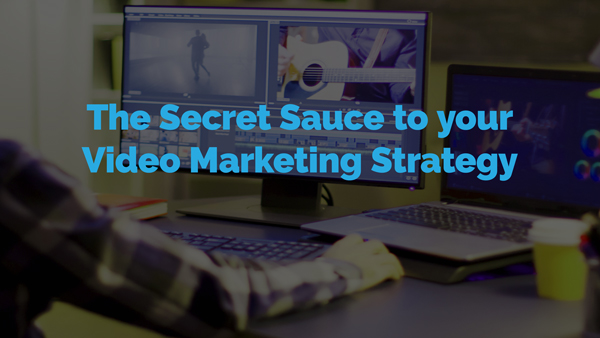Are you ready to step up your selling game and leave your competitors in the dust? Of course, you are! But wait, who are your competitors? Who are you leaving in the dust? Do you even know? Well, fear not, because we’re here to tell you why always knowing your competitors and mapping your competitive landscape is crucial for your success.
First of all, let’s be clear, knowing your competition is not about copying their every move. It’s about identifying their strengths and weaknesses, and then figuring out how to differentiate yourself from them. Think of it like a game of chess – you need to know your opponent’s moves to anticipate your own. So, let’s get started with why you should always keep an eye on your competitors.
Don’t stress
Imagine this: you’re running a small business that sells burgers and suddenly your sales take a hit. You have no idea what went wrong, but you’re losing customers left, right and centre. What do you do? Panic? Close-up shop? Start selling hotdogs instead?
This town is big enough for the both of us
We’re going to be using the example of SBIMBurger, a fictional burger subsidiary company of SBIM to look at how to use this strategy for your own business.
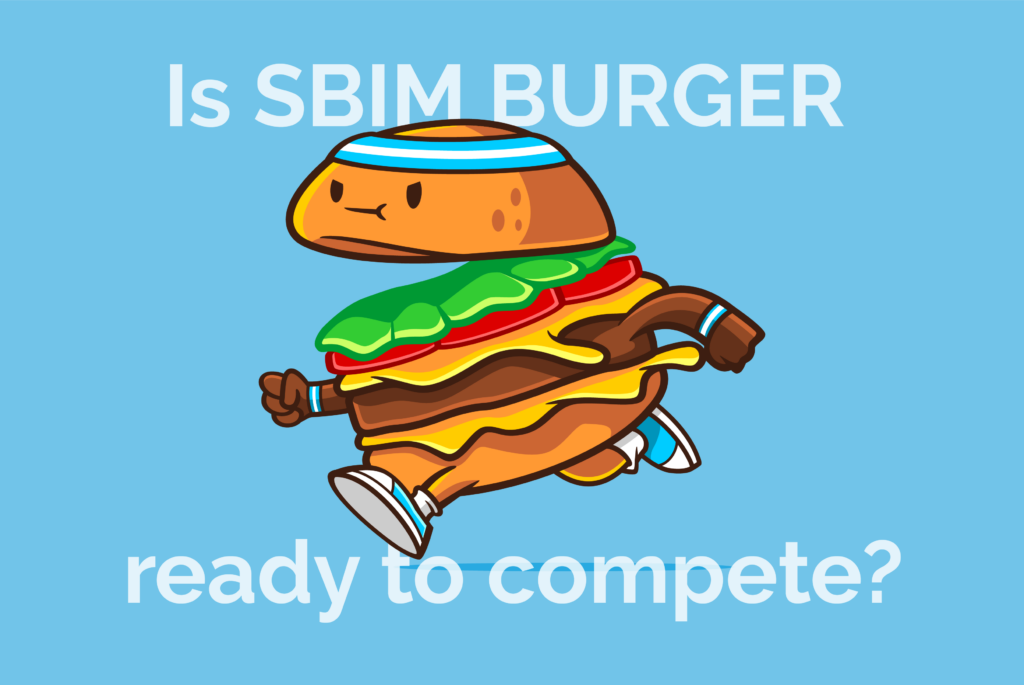
It may sound strange but there is room for you and your competitors. It’s the same reason there are stores like McDonalds, Hungry Jacks, Burger Urge, Grill’d and countless other boutique burger fast food restaurants.
You just have to know what makes you different, and what is going to make customers want to buy your burgers instead of someone elses.
You can find where they’re going
If you know who your competitors are, you can start to identify where your customers might be going. You can analyse their marketing tactics, product offerings, and customer service and identify where they might be doing things better than you. By doing this, you’ll be able to adapt and improve your own business to stay ahead of the game.
You can learn from their mistakes
Have you ever made a mistake in your business and wished you could go back and do it differently? Well, unfortunately you can’t go back in time, but you can study your competitors, and learn from their mistakes without having to make them yourself. Maybe they tried a new product that failed miserably or launched a marketing campaign that didn’t resonate with their audience. By analysing what went wrong, you can avoid making the same mistake and save yourself time and money.
You can find new opportunities
Mapping out your competitive landscape can also help you identify gaps in the market that your business can fill. By analysing your competitors’ products or services, you might notice that they’re missing a key feature or not catering to a certain audience. Your competitors are all selling new sneakers, but nobody is selling sneakers designed for gardening. Or maybe everyone is selling physical burgers but nobody is offering a digital solution to the dining experience. Although the burger example is not a viable product, looking for gaps in the market is a great place to start to offer something customers have never had before. This is where you can step in and offer something different. By doing this, you’ll be able to attract new customers and establish yourself as a leader in your industry.
You can stay ahead of industry trends
Your competitors are not just your rivals, they’re also your colleagues. By keeping an eye on what they’re doing, you can stay up to date on industry trends and innovations. This means you can adjust your business strategy to stay ahead of the curve and not fall behind the times.
Getting Started
Now that we’ve convinced you of the importance of always knowing your competitors, let’s talk about how to find them. Don’t worry, it’s easier than you think!
Part One: Identify Your Competitors
Google it
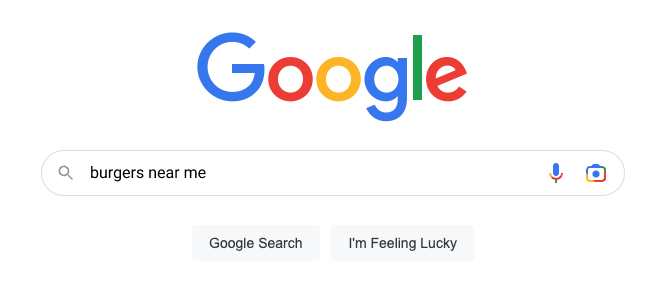
This might seem obvious, but you’d be surprised how many small business owners don’t take advantage of this simple method. In fact, sometimes because it’s so simple, some businesses assume they know who their competitors are and don’t even want to spend any time looking through Google.
But regularly checking Google (and other sites we’ll mention later on) is important to know who you’re up against. Start by searching for keywords related to your business and see what comes up. Look at the top results and see who your competitors are.
- Who comes up with sponsored or paid ads?
- Who comes up organically?
- Who comes up when you search Google Maps to search for businesses in your area.
Check social media
Social media is a great place to find competitors. Look for businesses that are similar to yours and see who their followers are. You can also check out hashtags related to your industry and see who’s using them.
Attend industry events
Attending industry events is a great way to network and find out who your competitors are. Take note of the businesses that are attending and see if they’re similar to yours. You can also attend seminars and workshops to learn more about industry trends and innovations.
Ask your customers
Your customers can be a great resource for finding out who your competitors are. Ask them where else they shop or what other businesses they use for similar services. This can give you a good idea of who else is in the market and what they’re offering.
Use online tools
There are a variety of online tools available that can help you identify your competitors. For example, we use tools like SEMrush to see what keywords competitors are using to drive traffic to their websites. Using premium tools lets you see where your competitors are getting their traffic from and what kind of content is driving it.
Need some help?
If you’re having trouble knowing who might be your direct competitors or even just want to trust the experts to get you a comprehensive list, then get in touch. We’ll help you sort out your competitors and can even help you with part two of this competitive landscape analysis.
Part Two: The Competitive Landscape
Now that you know who your competitors are, it’s time to map out your competitive landscape. Also known as your competitive positioning, this is where you’ll identify your competitors’ strengths and weaknesses and figure out how to differentiate yourself. Here’s how to do it:
Identify your competitors
This is where you use part one. If you haven’t already, make a list of all the businesses that you’ve identified as competitors. This can include direct competitors who offer similar products or services, as well as indirect competitors who offer something that could be seen as a substitute.
Analyse their strengths and weaknesses
Take a deep dive into your competitors’ websites, social media, and marketing materials. Look for their unique selling propositions, and what sets them apart from the rest. Analyse their messaging, design, content, and overall customer experience. You can also read reviews to see what customers are saying about them. Once you’ve identified their strengths and weaknesses, you can start to figure out how you can differentiate yourself.
Example 1: Perceptual Mapping.
A perceptual map is one of the many great ways to review where your customers might position you when thinking about the quality of product and the price point of your product. For example, people are willing to pay more for top quality, but if someone offers higher quality for less, it might be good to consider an alternative way to position your product.
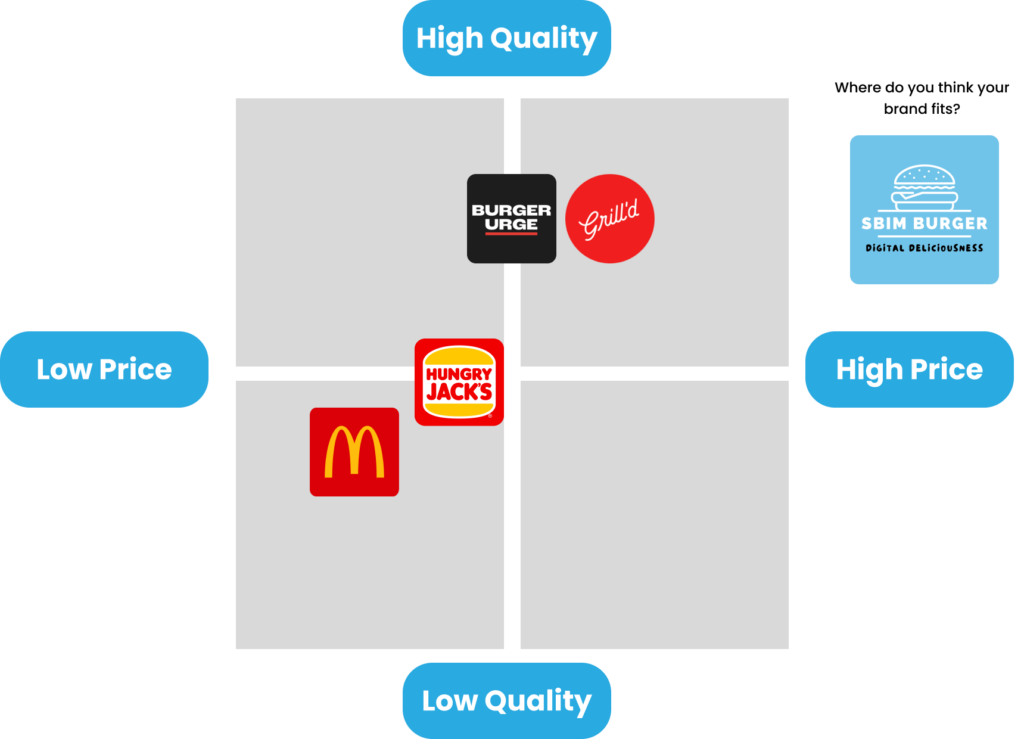
When you know what quadrant you fit into, it’s easier to know how to position your product. However, perceptual mapping is just one of many different ways to find out where your business sits among competitors. If you want to know more about strategic group mapping, differentiation & diversification or any of the other methods for positioning your product, let us know and we can help point you in the right direction.
Determine your USP
Your USP (unique selling proposition) is what sets you apart from your competitors. It’s the reason why customers should choose you over everyone else. Once you’ve identified your competitors’ strengths and weaknesses, you can start to figure out what your USP should be. Do you offer something that they don’t? Are you better at something they offer? Figure out what makes you unique and make sure that’s reflected in your messaging, branding, and marketing materials.
Develop a strategy
Now that you’ve analysed your competitors and determined your USP, it’s time to develop a strategy to differentiate yourself. This can include anything from improving your product offerings to revamping your website and marketing materials. Whatever you do, make sure it’s aligned with your USP and sets you apart from the competition.
Now the strategy development process is something that’s a bit tricky and unfortunately, we can’t offer too much general advice here. It’s not a one-size-fits-all. If it was, then having a strategy wouldn’t work.
Need some advice?
If you’re looking for help with your strategy, figuring out your USPs or even determining how to best differentiate yourself from your competitors, then we’re here to help. We’ve helped businesses develop their market positioning and determine ideal strategies to best reach their target audience and still compete with big-name competitors.
So if you’re looking to review your competitive strategy or need guidance to get the best results out of your analysis, then let us know.
In conclusion, always knowing your competitors and mapping out your competitive landscape is crucial for any small business. It allows you to stay ahead of the game, learn from your mistakes, find new opportunities, and stay up to date on industry trends. By following these simple steps, you’ll be able to identify your competitors, analyse their strengths and weaknesses, and develop a strategy that sets you apart from the rest. So, what are you waiting for? Get out there and start mapping your competitive landscape today!


